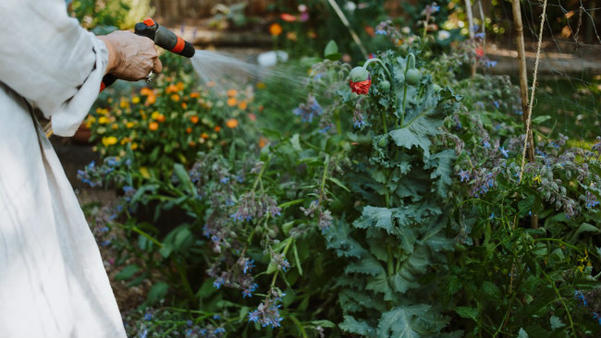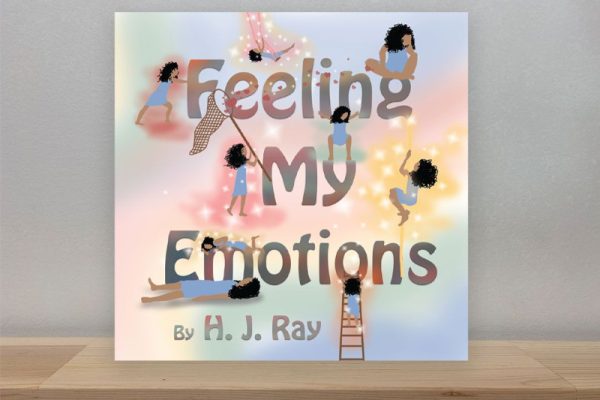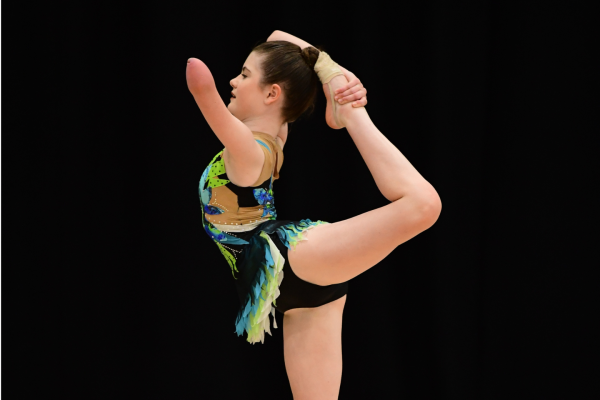
Using gardens to help children with ASD
Autism spectrum disorder (ASD) creates many challenges for those with the condition but one thing that experts agree on is that early intervention is key to helping children to develop the skills they need to live happier, more fulfilling lives.
Research shows that therapeutic gardens can help to alleviate the frustrations of living with Autism Spectrum Disorder (ASD). Sensory gardens are a type of therapeutic garden designed to stimulate the senses. They can be particularly beneficial for children with sensory integration issues, being designed to gradually introduce sensory stimulation or provide a soothing space to retreat, depending on the needs of the child.
The goals of sensory gardens for children with ASD
To connect the children with the healing benefits of nature.
To help children with autism and special needs to have fun in a safe and accepting outdoor setting.
To provide a range of plants, natural elements and built environments that caters to the needs of children with ASD.
To contribute to the child’s sense of wellbeing, improved function in the world, and relief from some of the stress of living with ASD.
Benefits of sensory gardens for children with ASD
They can be designed to meet the needs of the child/ren using the garden i.e. increased or decreased sensory stimulation. Provide a quiet retreat from the stresses of everyday life.
Design principles of sensory gardens for children with ASD
Orientation: provide visual cues such as signs, landmarks and furniture to indicate how a space is to be used.
Provide a space to retreat: create at least one space in your garden where children can retreat from excessive stimulation. Screens, shade, and cocooning are important.
Avoid overly aromatic plants.
Safety and security: use discreet fencing that cannot be climbed. Avoid poisonous plants.
Design a series of sequenced sensory spaces that gradually build the intensity of sensory stimulation, preferably with transitional spaces in between to give children time to adjust and adapt.
Know your users: plan the garden according to the interests of the children who are going to use it. Careful planning from the outset will ensure that your garden successfully meets the needs of all the users, including therapists, family and carers. The better planned the space, the more likely your garden is to be regularly used, maximising the positive outcomes and sense of wellbeing of the users.
The above information has been extracted from Joanne’s ebook Design Principles for Creating Therapeutic Gardens for Children with Austim Spectrum Disorder, available here.
You can also Follow Jo and Therapeutic Gardens on Instagram at www.instagram.com/therapeuticgardens and on Facebook at www.facebook.com/therapeuticgardens.







